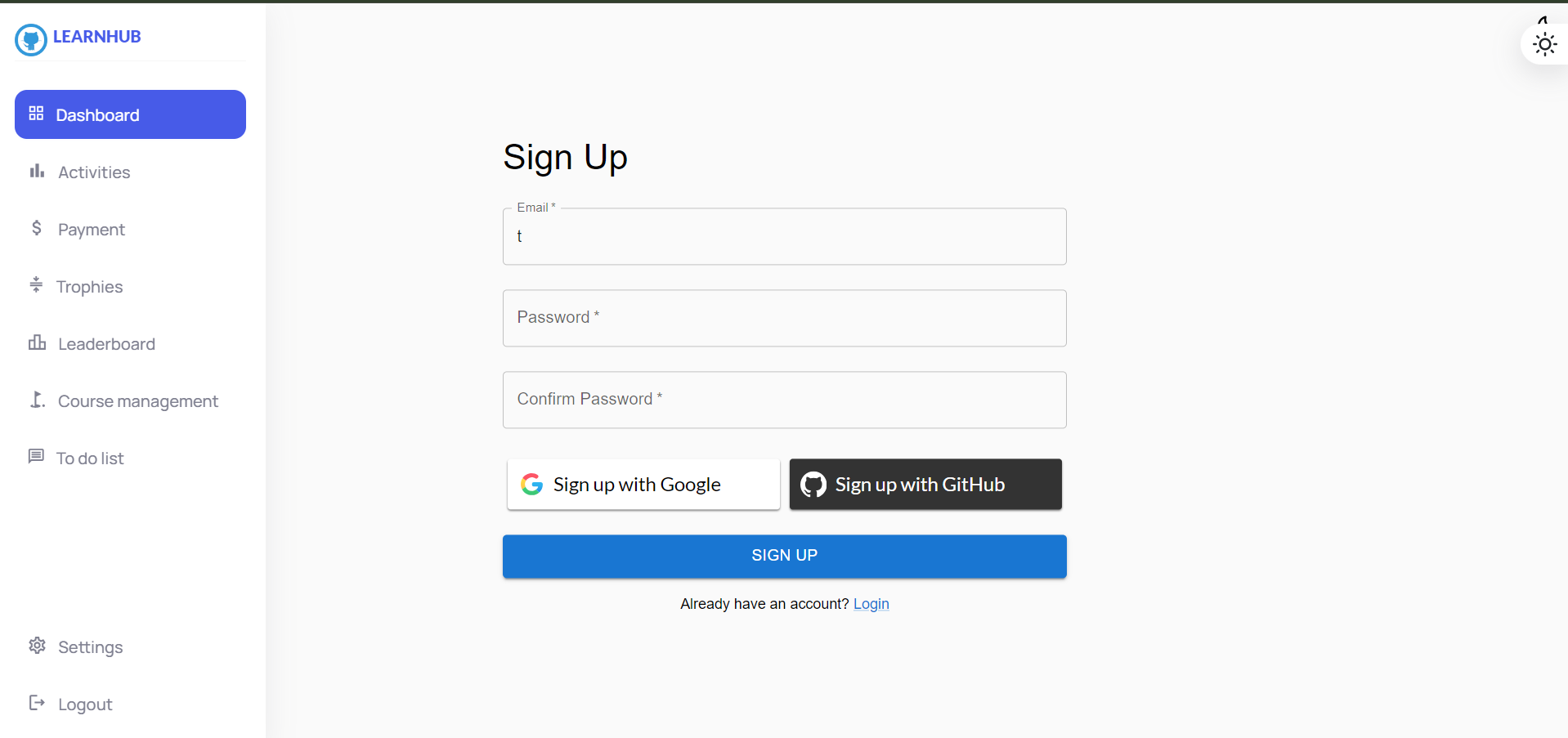I have Global file which holds the following routes:
global.tsx
import React from "react";
import { BrowserRouter as Router, Route, Routes } from "react-router-dom";
import LoginPage from "../../pages/Authentication/Login";
import SignupPage from "../../pages/Authentication/Signup";
const Global = () => {
return (
<Router>
<Routes>
<Route path="/" element={<LoginPage />} />
<Route path="/signup" element={<SignupPage />}></Route>
</Routes>
</Router>
);
};
export default Global;
and another file called Admin which holds these routes:
import React, { useContext, useEffect } from "react";
import "../../styles/App.scss";
import { ThemeContext } from "../../context/ThemeContext";
import { DARK_THEME, LIGHT_THEME } from "../../constants/themeConstants";
import { BrowserRouter as Router, Routes, Route } from 'react-router-dom'
import MoonIcon from '../../assets/icons/moon.svg';
import SunIcon from '../../assets/icons/sun.svg';
import BaseLayout from "../../layout/BaseLayout";
import DashboardScreen from "../../screens/Dashboard/DashboardScreen";
import PageNotFound from "../../screens/error/PageNotFound";
const Admin = () => {
const { theme, toggleTheme } = useContext(ThemeContext);
console.log(theme);
useEffect(() => {
if (theme === DARK_THEME) {
document.body.classList.add("dark-mode");
} else {
document.body.classList.remove("dark-mode");
}
}, [theme]);
return (
<>
<Router>
<Routes>
<Route element={<BaseLayout />}>
<Route path="/admin" element={<DashboardScreen />}></Route>
<Route path="*" element={<PageNotFound />}></Route>
</Route>
</Routes>
<button
type="button"
className="theme-toggle-btn"
onClick={toggleTheme}
>
<img
src={theme === LIGHT_THEME ? SunIcon: MoonIcon}
alt=""
className="theme-icon"
/>
</button>
</Router>
</>
);
};
export default Admin;
and then combined them in one file:
// import "./App.scss";
import { SidebarProvider } from "./context/SidebarContext";
import { ThemeProvider } from "./context/ThemeContext";
import Admin from "./routes/admin/Admin";
import Global from "./routes/global/Global";
function App() {
return (
<div className="App">
<Global />
<ThemeProvider>
<SidebarProvider>
<Admin></Admin>
</SidebarProvider>
</ThemeProvider>
</div>
);
}
export default App;
what happens that is that the sidebar from the admin Router comes up with the login or sign up pages from Global component although the sidebar is from admin file in a different router as you can see in the following image:
I tried a lot of times with different ways to seperate them by playing with the routes but I couldn’t. There has to be a way so that the sidebar don’t come up with the the routes although the sidebar itself is a different route

 Question posted in
Question posted in 


2
Answers
The two routers are rendered at the same time and so also render any matched routes at the same time.
You only need one router per React application. Refactor the code so
Apprenders the single necessaryRoutercomponent, and all routes rendered under a singleRoutescomponent that handles route matching. Descendent route paths are built relative to their parent route component.Example:
Update
Adminto be a layout route component that renders anOutletfor its nested routes.Code Splitting
You could create functions that return JSX
Example:
It would be better to render the root-level routes directly where each routed component renders descendent routes (Routed components that render another
Routescomponent and set of routes) instead. Basically each route is a sort of "namespace".Example:
Change your Structure based on your requirements. you can create your two different layouts for different page requirement
Look at the below routes and structure. This will work for you
App.js
WithSidebarPageRoute.js
MainLayout.js
Let me know if it is helpful.